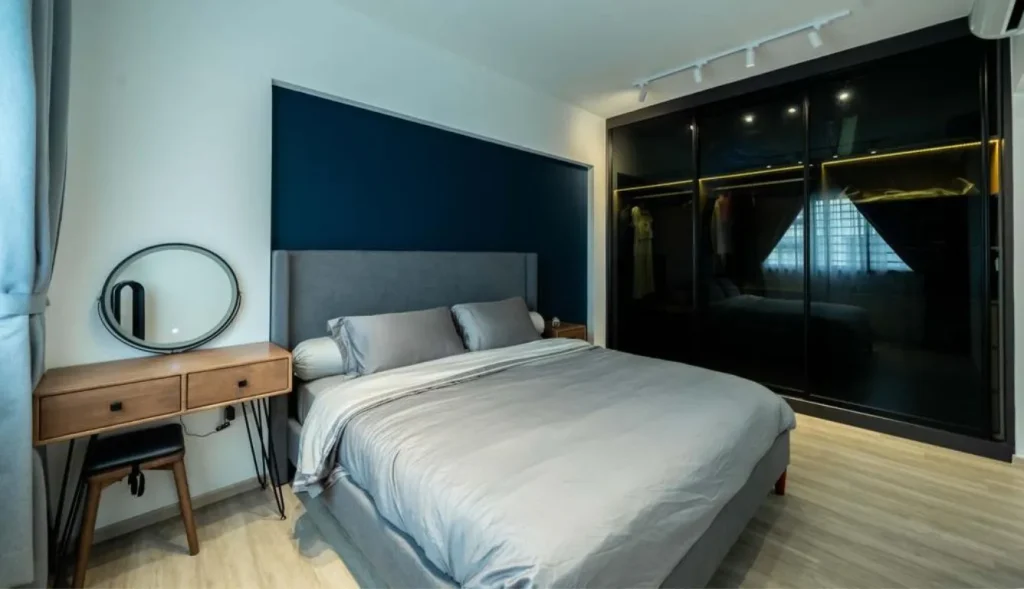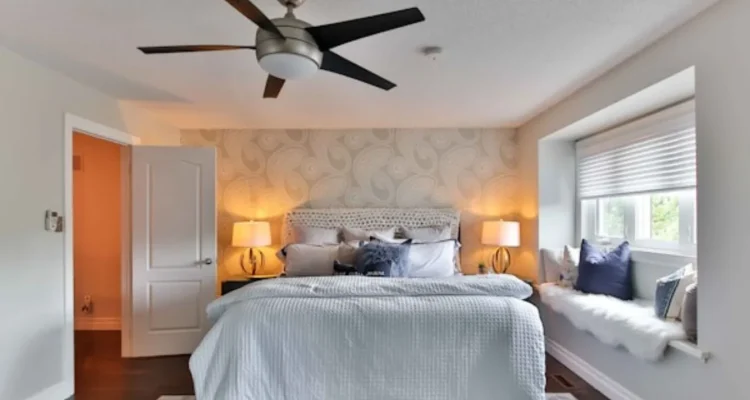Introduction
A stuffy room can be an unpleasant experience, making you feel uncomfortable and less productive. If you’ve ever walked into a room that feels heavy and lacking in fresh air, you know exactly what we’re talking about. But why does a room become stuffy, and how can you fix it? This guide will walk you through effective strategies to make your space feel more breathable and inviting.

Understanding the Causes of a Stuffy Room
Poor Air Circulation
One of the primary culprits of a stuffy room is poor air circulation. When air isn’t moving around, it can get stale and feel heavy. This can happen in rooms with inadequate ventilation or where air pathways are blocked.
High Humidity Levels
High humidity can make a room feel sticky and uncomfortable. Excess moisture in the air can lead to the growth of mold and mildew, which exacerbates the stuffy feeling and can even affect your health.
Accumulation of Dust and Allergens
Dust and allergens can accumulate in a room, contributing to the stuffy atmosphere. They not only make the air feel heavier but can also trigger allergies and respiratory issues.
Excessive Heat
A room that’s too warm can feel stuffy, especially if it’s poorly ventilated. Heat can exacerbate the feeling of being trapped in a confined space without enough fresh air.
Effective Ways to Improve Air Circulation
Use Fans Strategically
Fans can help move air around the room, improving circulation and making the space feel less stuffy. Place fans near windows to help pull in fresh air from outside or use them to create a cross-breeze by positioning them across from each other.
Open Windows and Doors
Sometimes the simplest solution is to let in fresh air. Opening windows and doors can help exchange the stale indoor air with fresh outdoor air. Even cracking a window open can make a significant difference.
Install an Air Purifier
An air purifier can help remove dust, allergens, and other particles from the air. Choose a model with a HEPA filter for the best results. Air purifiers also help to freshen the air, reducing the stuffy feeling.
Consider a Ventilation System
For a more permanent solution, consider installing a ventilation system. Systems like HRVs (Heat Recovery Ventilators) can bring in fresh air while exhausting stale air, maintaining a balance that prevents stuffiness.
Managing Humidity Levels
Use a Dehumidifier
A dehumidifier is an effective tool for managing indoor humidity. By removing excess moisture from the air, it can make a room feel cooler and less sticky.
Address Sources of Moisture
Check for leaks or sources of moisture in your home, such as dripping pipes or condensation on windows. Fixing these issues can help keep humidity levels in check.
Regular Maintenance of HVAC Systems
Ensure that your HVAC system is well-maintained and functioning properly. Clean filters and vents regularly to prevent moisture buildup and maintain air quality.
Houseplants and Their Impact
Some houseplants can help regulate humidity levels by absorbing excess moisture. Plants like spider plants and peace lilies are known for their air-purifying qualities and can help make your room feel fresher.
Reducing Dust and Allergens
Regular Cleaning Routines
Maintaining a clean room is crucial for reducing dust and allergens. Regularly dust surfaces, vacuum carpets, and clean upholstery to minimize the buildup of allergens.
Use of Air Filters
Air filters in your HVAC system can capture dust and allergens before they circulate through your home. Replace filters regularly to keep them effective.
Vacuuming and Dusting Tips
Use a vacuum cleaner with a HEPA filter for better dust removal. Dust surfaces with a damp cloth to trap dust rather than spreading it around.
Importance of Clean Bedding
Dust mites can accumulate in bedding, so washing sheets and pillowcases regularly in hot water can help reduce allergens in your room.
Controlling Room Temperature
Using Air Conditioning Efficiently
Air conditioning can help control the temperature and make a room feel cooler. Ensure that your AC unit is properly maintained and set to a comfortable temperature to prevent excessive heat.
Natural Cooling Techniques
Use natural cooling methods like closing blinds during the hottest part of the day or using heat-reflective window films to reduce heat gain.
Insulation and Its Benefits
Proper insulation helps maintain a consistent indoor temperature. Check your insulation to ensure it’s adequate and not contributing to temperature fluctuations that can make a room feel stuffy.
Additional Tips for a Fresh and Comfortable Room
Aromatherapy and Fresh Scents
Using essential oils or scented candles can help create a pleasant atmosphere in your room. Fresh scents can make the air feel cleaner and more inviting.
Decluttering Your Space
A cluttered room can feel cramped and stuffy. Keeping your space organized and free of unnecessary items can improve airflow and make the room feel more open.
Choosing the Right Fabrics and Materials
Opt for breathable fabrics and materials for your furniture and decor. Natural materials like cotton and linen allow better airflow compared to synthetic fabrics.
FAQs
How often should I clean my air filters?
It’s a good idea to check and clean your air filters every 1-3 months, depending on usage and the manufacturer’s recommendations.
What are the best houseplants for improving air quality?
Houseplants like spider plants, peace lilies, and snake plants are excellent for improving air quality and reducing humidity.
How can I tell if my room has high humidity?
Signs of high humidity include condensation on windows, musty odors, and the presence of mold or mildew. You can also use a hygrometer to measure indoor humidity levels.
Can opening a window help if it’s hot outside?
Yes, even if it’s hot outside, opening a window can help ventilate the room and improve air circulation. Using fans in conjunction with open windows can enhance the cooling effect.
What are some DIY ventilation solutions?
DIY ventilation solutions include installing window vents, creating cross-ventilation with multiple fans, and using exhaust fans in areas prone to moisture buildup.

Conclusion
Making a room less stuffy involves addressing several factors, from improving air circulation to managing humidity and reducing dust. By implementing these strategies, you can create a more comfortable and pleasant living space. Remember, a few small changes can make a big difference in how fresh and inviting your room feels.


Congratulation!